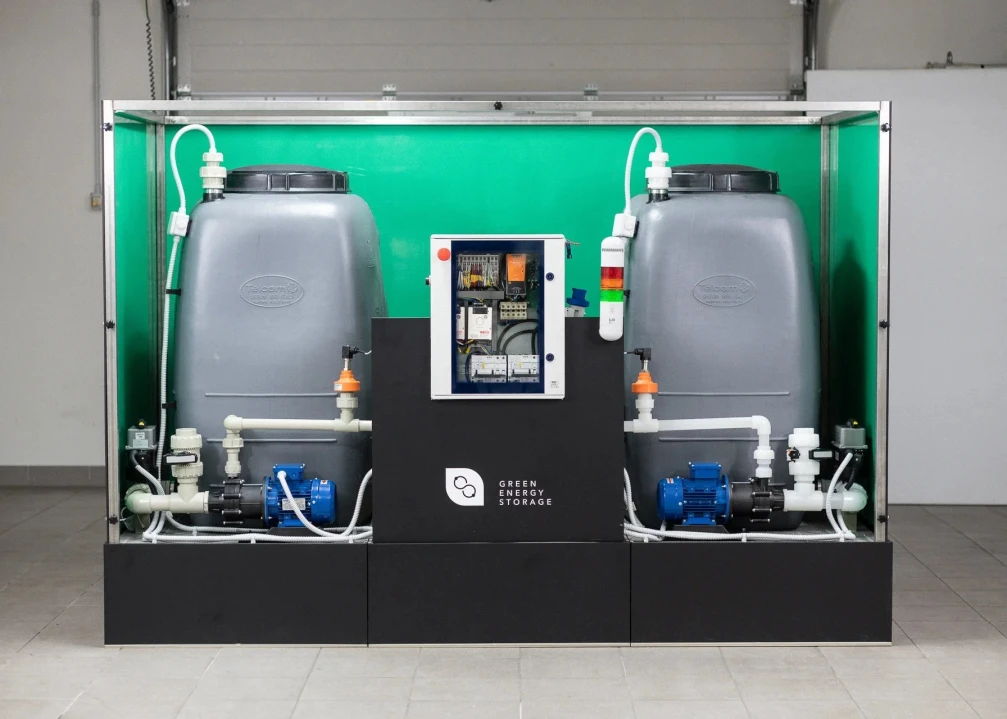The first generator for storing electricity, the battery, was made in Italy by Alessandro Volta. Today, with the very ambition to imitate Volta and bring Italy back to the center of the technological vanguard, there is Salvatore Pinto, charismatic founder of GES (Green Energy Storage).
The young Italian company, founded in Trento in 2015, is a small company active in the field of batteries for industrial applications that promises, on the strength of funding received from the Italian government and the EU, to overcome the "ecological" problem affecting energy storage systems based on the use of rare earths (such as lithium).
Rare earths, in fact, not only have deeply harmful repercussions for the environment when it comes to mining and processing, but are also the preserve of some countries from which Europe is trying to break free. It is clear, then, how a safer, cheaper and greener technology for building stationary flow batteries is news greeted with much joy, both in Italy and on the continent.
But there is more. Salvatore Pinto is a man who knows his stuff. He is an electrical engineer and has overseen major projects before reinventing himself as an entrepreneur (to name one: he brought the Trans-Adriatic Pipeline pipeline to Italy, bringing gas from Azerbaijan to Italy). Consequently, his words about a high-performance green battery, we talk about something like 15 thousand charging cycles, are to be taken seriously.
His secret with GES? Two patent-protected chemical materials with their own special characteristics: they are environmentally friendly, widely available in Italy, and 100 percent nontoxic and recyclable. It is not known what materials are involved (trade secret applies), but it is possible to explain how the technology behind the batteries works.
In short, the accumulator makes use of a single chemistry and when connected to a source of energy to be stored, it produces hydrogen, which can be reused when discharged. If we then consider the fact that power and energy are housed separately, we also understand how the battery is much less prone to explosion than lithium equivalents.
It is an ambitious project, that of Pinto and GES, as much at the R&D level as at the business model level. In the first case, in fact, the starting point was a patent developed at Harvard University, in the United States, and a course of internal research that lasted more than 7 years.
In the second case, on the other hand, Salvatore Pinto's challenge is to get to market in an all-too-fast timeframe: by the end of the year the technology will be available in pre-commercial form, in two years' time it will be ready for full operational use, a full two years ahead of the EU request.
And it doesn't end there: to make its patent fully scalable at the European level, GES will adopt a lean industrial level, inspired by the lean production philosophy of Coca-Cola, which sends the extract for the famous beverage to local bottlers: "We will do the same: we will send our chemistry, electrodes and membranes developed in Italy, but then the battery will be assembled locally," comments Salvatore Pinto.
In short, the premises for "100% green and Made In Italy" batteries are all there: we just have to wait and see if GES's creature will conquer the world like Alessandro Volta's battery in its time.




